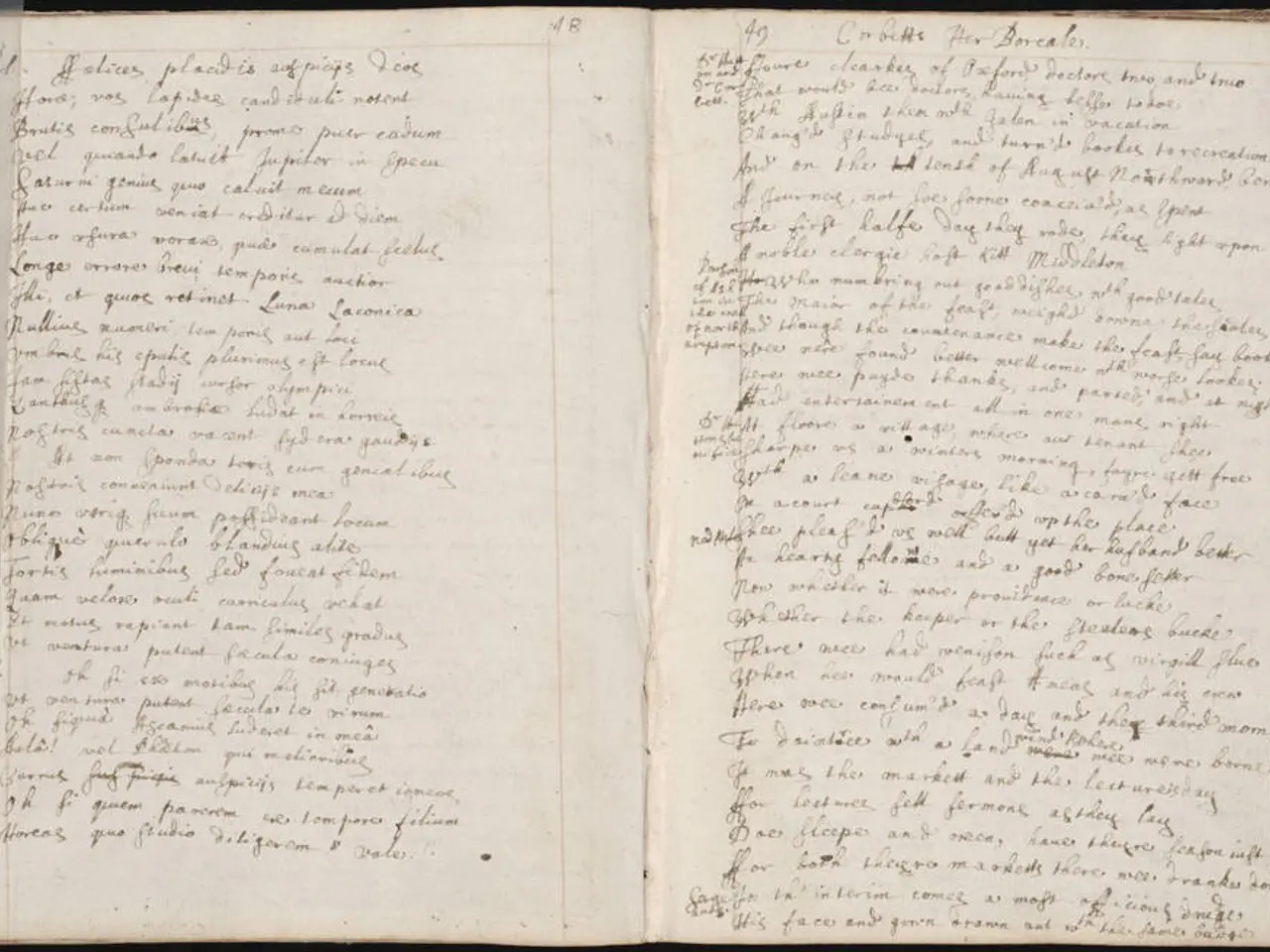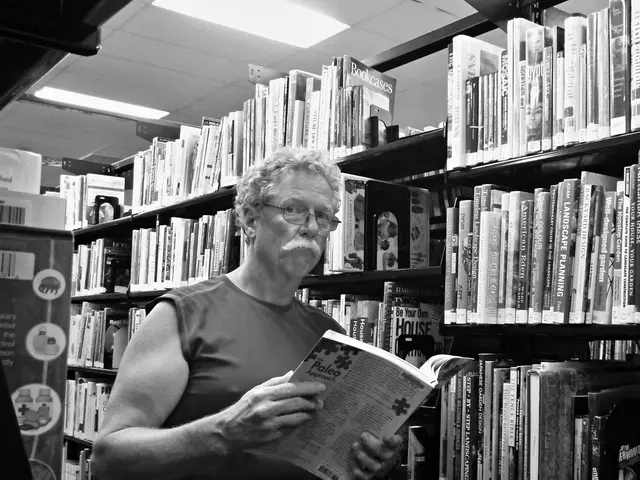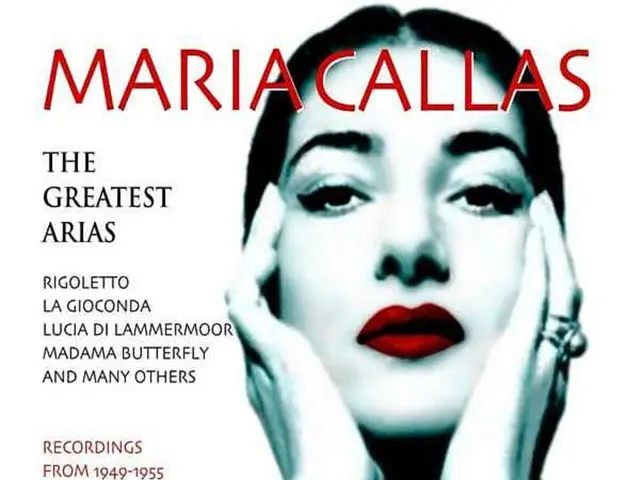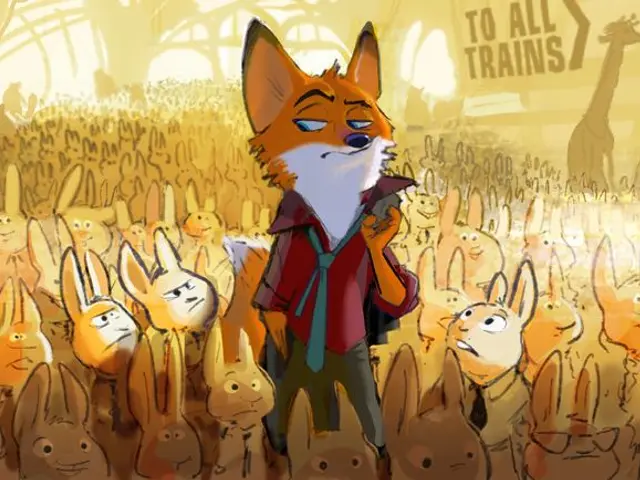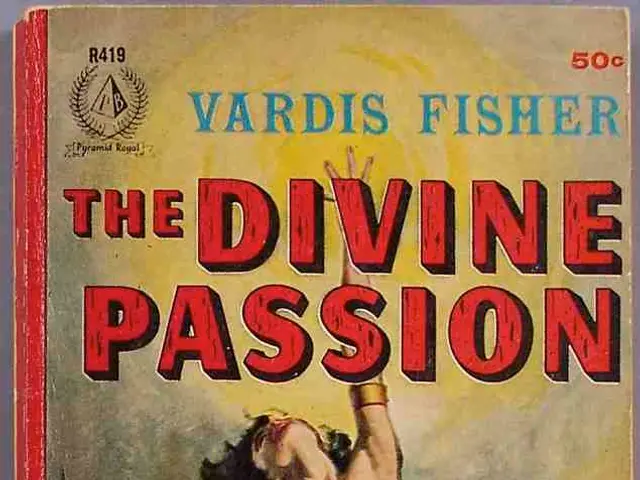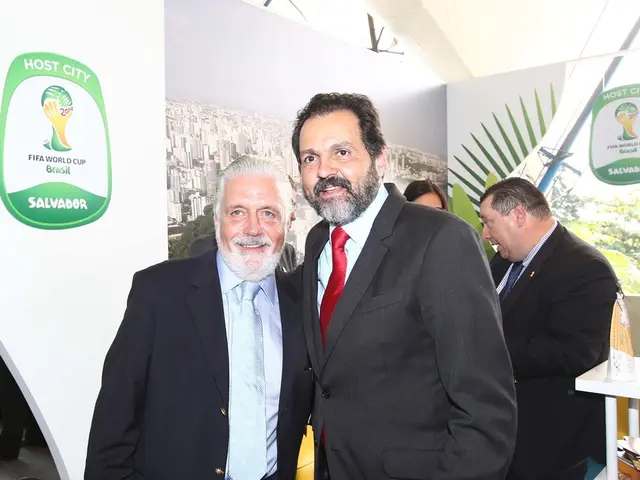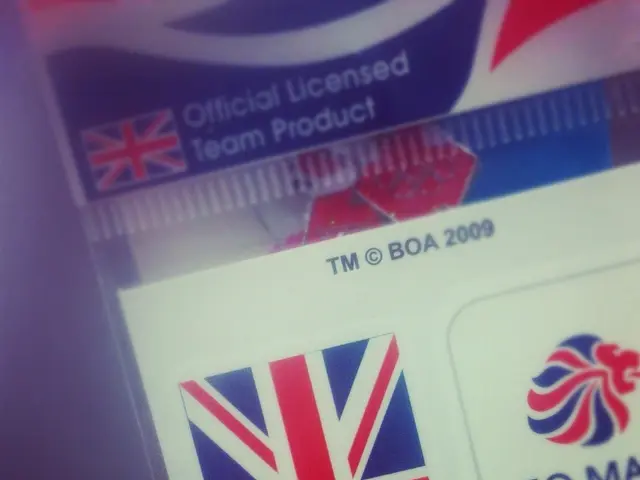Guide for Aligning Your Book's Introduction and Conclusion to Delight Readers
In the realm of storytelling, the ending of a book is just as important as the beginning. To create a satisfying reading experience, it's crucial to mirror the beginning and ending effectively. This technique, when executed skillfully, can resonate emotionally and intellectually with readers.
According to Suzy Vadori, a certified Book Coach with Author Accelerator and the Founder of Wicked Good Fiction Bootcamp, mirroring the beginning and ending involves intentional echoing or transformation of earlier story elements.
Before ending a story, it's important to go back through the scenes to address any threads that may have been dropped, such as conflicts, characters, relationships, or character's wants. A great ending feels inevitable yet surprising, and pairs well with the beginning to create a sense of closure that resonates with readers long after they've finished the book.
In children's books, the beginning and ending often work by mirroring each other, setting a sentiment that the reader is destined to go places or reinforcing a theme. For instance, in genre fiction, the opening scene should pull the reader into a specific moment that demonstrates these points.
To effectively mirror the beginning and ending, use creative repetition or inversion of key elements such as setting, symbols, dialogue, or character roles. This technique creates meaningful bookends that reflect the character’s growth or changed circumstances. For example, you might revisit the same setting with a different emotional tone, repeat a line of dialogue but with new significance, or feature a symbol that carries transformed meaning by the story’s end.
It's also essential to ensure the ending resolves the conflicts, questions, and character arcs introduced at the beginning, providing closure on plot threads, relationships, and character goals. This wrapping up ties the story together cohesively and fulfills reader expectations.
Understanding why a great ending feels good can enhance the reading experience. Human brains are wired to look for patterns and closure, and recognizing an echo from the opening in the ending gives them the satisfaction of a closed loop.
Suzy Vadori offers both developmental editing and 1:1 Book Coaching services. She is the award-winning author of The Fountain Series and provides editing, book coaching, and resources for writers. Comparing the beginning and ending scenes of a book can help identify areas of successful character development or worldbuilding, and areas that require attention.
In sum, mirroring beginning and ending effectively is about intentional echoing or transformation of earlier story elements combined with thoughtful resolution of the narrative’s core threads. This resonates emotionally and intellectually, delivering a satisfying experience to readers.
Read also:
- "Primal instincts at play: Subnautica 2 designer notes our affinity for weapon-making stems from a fundamental desire for protection and sustenance"
- Dragon Age series might find a promising future with remasters, according to ex-BioWare producer Mark Darrah, but it seems unlikely that EA and BioWare possess the capability for such undertakings at present.
- In Verdansk, the dominance of automated systems in Warzone is causing an integration with Stalker, leading to a blurring of lines in the user's mind.
- Despite the significant success of Clair Obscur: Expedition 33, its director asserts that traditional prejudice towards turn-based RPGs persists, with real-time action games generally receiving smoother acceptance.
